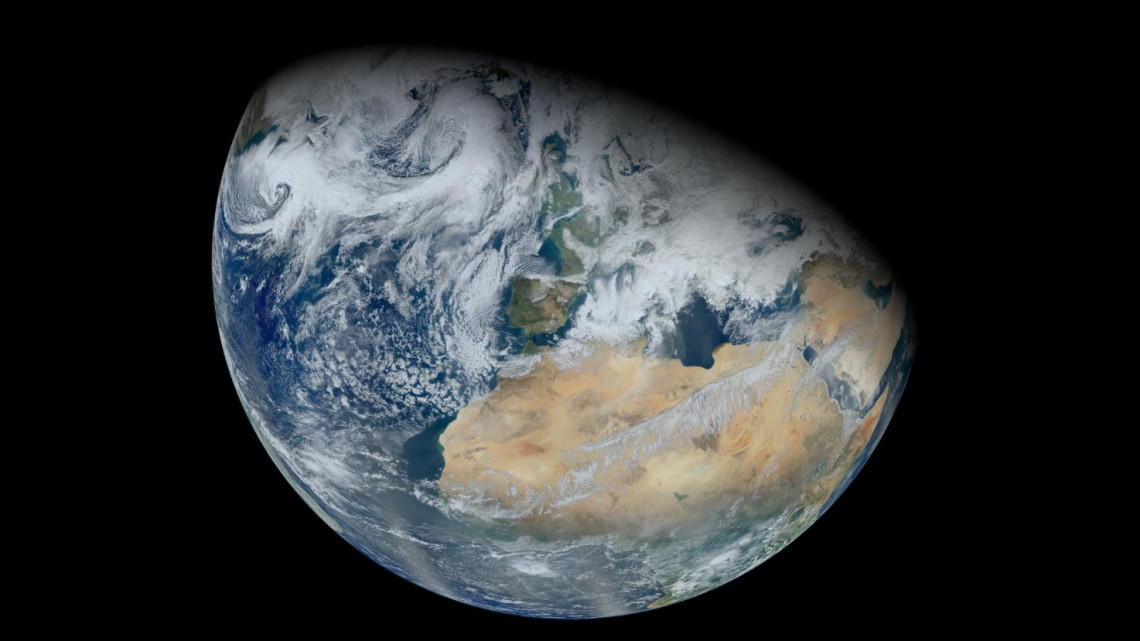According to a study presented in the scientific journal Nature Geoscience on Monday, under the influence of long and continuous daylight, strange bacteria began to produce a lot of oxygen, which allowed us to know life today.
The sticky, purple-smelling bacteria found in an underwater crater on Lake Huron were studied by researchers under laboratory conditions. They came to the conclusion that the more continuous light the microbes receive, the more oxygen they produce.
One of the biggest mysteries of science is the question of how Earth has changed from a planet with minimal oxygen to one with breathable air today. Researchers have long thought that cyanobacteria may have something to do with the process, but they don’t yet know what led to the so-called great oxygenation event (GOE).
Experts say the slowdown in Earth’s rotation has gradually increased the length of days from the current six hours to the current 24 hours, which were key to cyanobacteria.
About 2.4 billion years ago, there was so little oxygen in the Earth’s atmosphere that no animal or plant is known today. Instead, many microbes inhaled carbon dioxide, from which the cyanobacteria produced oxygen – the first form of photosynthesis.
At first, there was very little, but in about 400 million years the amount of oxygen in the Earth’s atmosphere has risen to a tenth of today’s amount, a huge leap. This growth was enough for plants and animals to start developing and more plants to join in on oxygen production, said Judith Klatt, a researcher at the Max Planck Institute in Germany and the study’s lead author.
Brian Arbeck, an oceanographer at the University of Michigan, has studied Earth’s tidal forces and how they slow the Earth’s rotation. The researcher noted that the slowdown in circulation coincided with the large oxygenation event.
American and German researchers tested their theory on bacteria similar to those on Earth 2.4 billion years ago. The cyanobacteria that live in a hole 24 meters deep in Lake Huron, on the border between Canada and the United States, have been used in the studies.
Divers brought up jelly-like bacteria, reminiscent of scrambled eggs. Klatt and his colleagues exposed them to varying amounts of light and found that the bacteria produced more oxygen as a result of prolonged light.
The study authors emphasized that this is just one explanation, but one possible explanation for the increased levels of oxygen on Earth.
Quote: Norman I, NASA GSFC / VIIRS / Suomi NPP












































